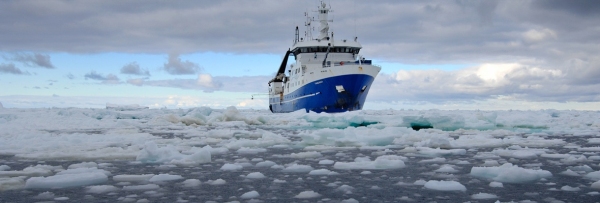From 8 Jan - 17 Feb 2019 RV Tangaroa undertook a six-week research voyage to Antarctica and the Southern Ocean.
Onboard 21 scientists, supported by 19 crew members, studied the ocean, atmosphere and ecosystem processes with the focus on establishing monitoring programmes for the newly created Ross Sea Region Marine Protected Area (MPA).
At over 1.55 million km2 in size, the MPA is the world’s largest. It comprises a range of zones from fully protected to special research zones, as well as areas left open to fishing.
There are eight separate research objectives to better understand the processes governing the region and the role of the Marine Protected Area (established in December 2017) in protecting this environment. These include surveys of fish species and seabed habitats, ecosystem studies of plankton, oceanographic and atmospheric measurements to improve understanding of climate-related processes, and making observations of whales. All of this research will provide baseline information about the MPA so scientists can start to evaluate its effectiveness.
There are international collaborations with American, Australian, and Korean research colleagues as well as the work of the onboard voyage participants from Italy, China, and France. The voyage is jointly funded by the Ministry of Business, Innovation and Employment through the Ross-RAMP programme, NIWA, and the University of Auckland.
This is the second of two linked NIWA voyages to this region, with the previous voyage in Feb-Mar 2018. Another of the key science objectives of the upcoming voyage is to recover and re-deploy seven long-term moorings which monitor ocean currents, krill, and whale calls.
During the voyage to the coldest continent on Earth, we'll keep you up to date with photos, a voyage map with way points of interest and regular blog updates from Voyage Leader Dr Richard O'Driscoll about their findings and life onboard the RV Tangaroa.
Antarctic Voyage 2019 map
The course of RV Tangaroa taken during the voyage. Dates and times detailed are UTC, 13 hours behind NZ daylight time.
Voyage blog
-
Voyage Update 7: Heading home
13 February 2019. By Voyage Leader Dr Richard O'Driscoll. -
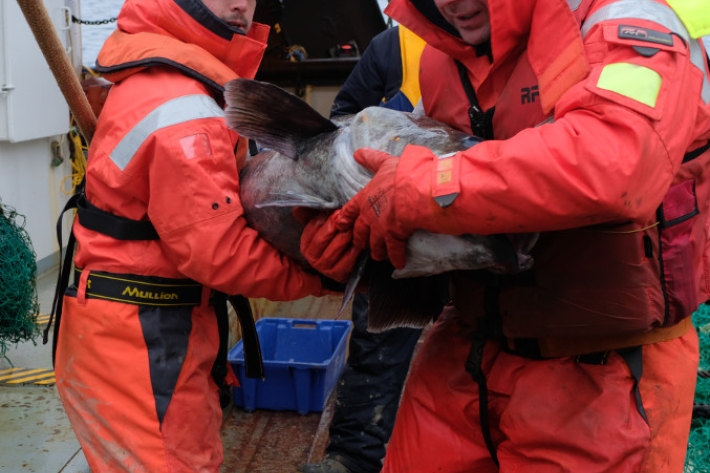
Voyage Update 6: Sea ice, sampling fish and where they gyre
9 February 2019. By Voyage Leader Dr Richard O'Driscoll. -

Voyage Update 5: sampling rattails and exploring vulnerable coral habitats in the MPA
3 February 2019. By Voyage Leader Dr Richard O'Driscoll. -
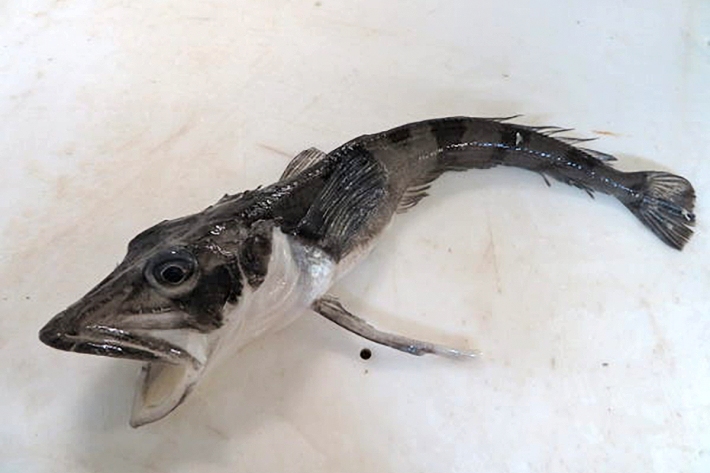
Voyage Update 4: Toothfish habitat in and out of the MPA
29 January 2019. By Voyage Leader Dr Richard O'Driscoll. -
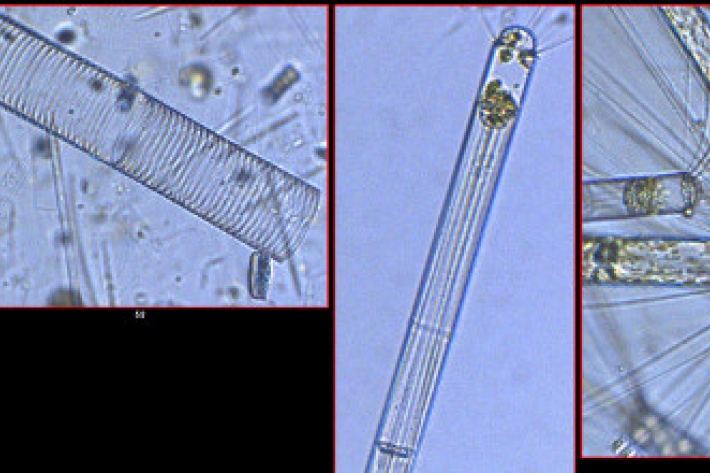
Voyage Update 3: Phytoplankton producers powering the world
23 January 2019. By Voyage Leader Dr Richard O'Driscoll. -
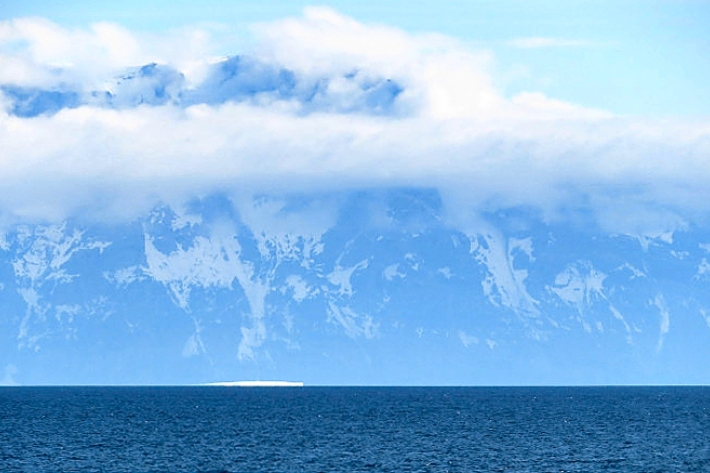
Voyage update 2: Cape Adare
17 January 2019. By Voyage Leader Dr Richard O'Driscoll. -
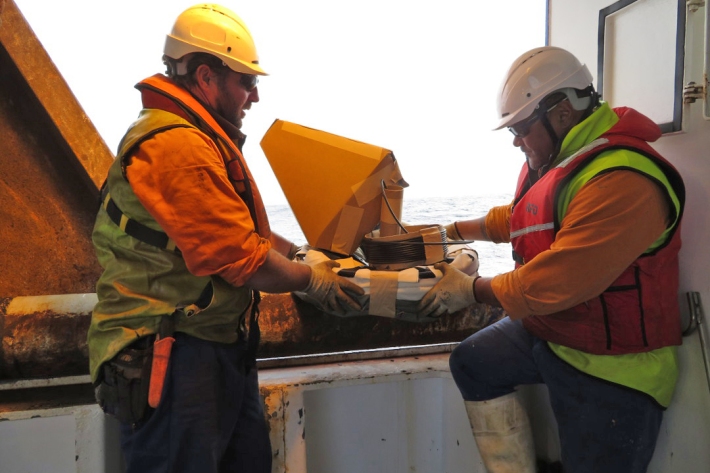
Voyage Update 1: first iceberg spotted at 60° South.
13 January 2019. By Voyage Leader Dr Richard O'Driscoll. -
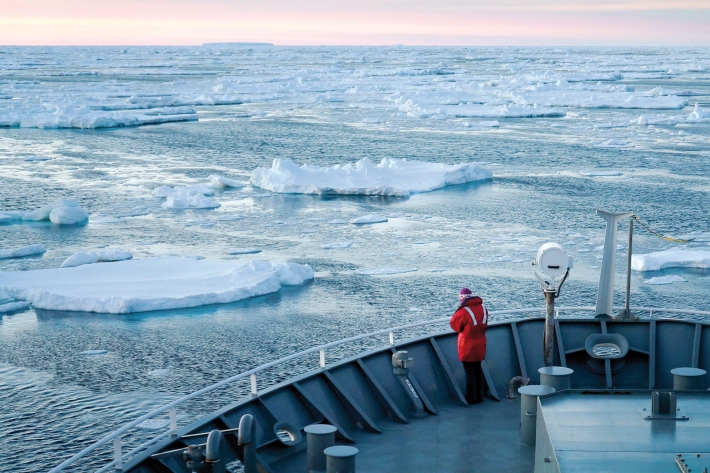
Scientists voyage into the Antarctic unknown
Media release07 January 2019A group of intrepid scientists leaves Wellington for Antarctica this week on board NIWA’s research vessel Tangaroa for what their leader calls “a voyage of discovery”.
Ross Sea Environment and Ecosystem Voyage 2019 -
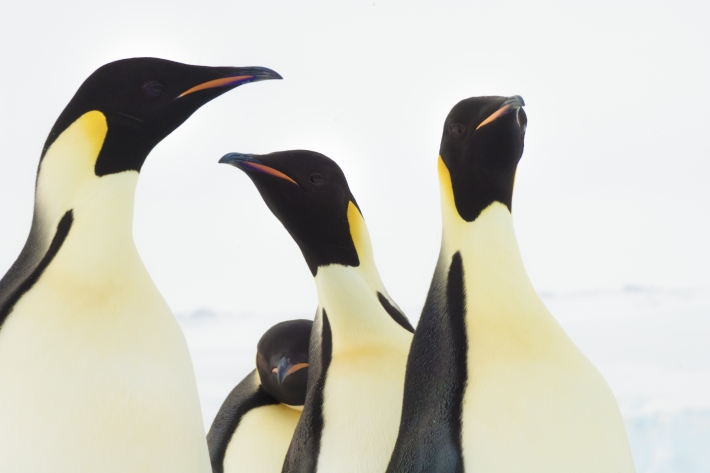
Ross Sea Environment and Ecosystem Voyage 2019
Research ProjectThe Ross Sea region is vital to the future of the Antarctic ecosystem. -

RV Tangaroa
FacilityRV Tangaroa is New Zealand’s only ice strengthened and dynamically positioned deep-water research vessel.

